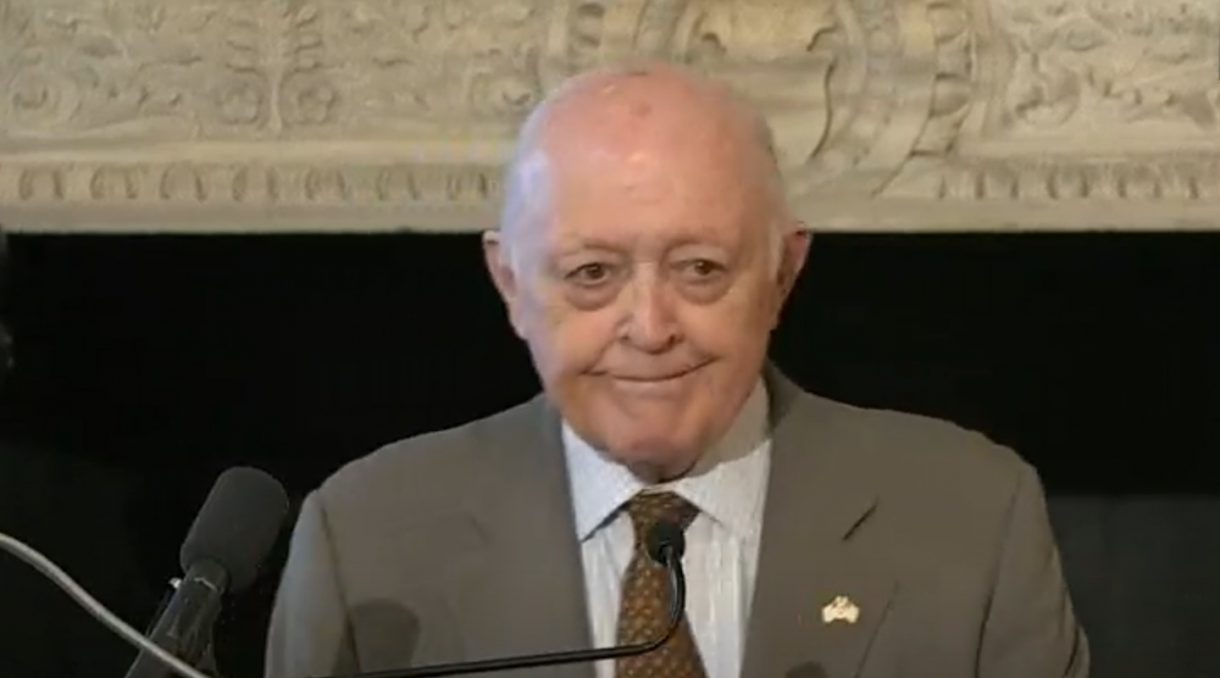
John Buchanan discusses his book about the dramatic conclusion of the American Revolution in the South led by Major General Nathanael Greene. Greene’s Southern Campaign was the most difficult of the war. Insufficient manpower a constant problem, Greene attempted to incorporate black regiments into his army, a plan angrily rejected by the South Carolina legislature. A bloody civil war between rebels and Tories was wreaking havoc on the South, forcing Greene to address vigilante terror and restore civilian government. Correspondence between Greene and Thomas Jefferson during the campaign shows Greene was also bedeviled by the conflict between war and the rights of the people, and the question of how to set constraints under which a free society wages war. When the British finally evacuated Charleston in December 1782, Nathanael Greene and his ragged, malaria-stricken, faithful Continental Army entered the city in triumph—marking the end of one of the most punishing campaigns of the Revolution, as well as one of its greatest victories.
Video courtesy of C-SPAN’s American History TV
About the Speaker
John Buchanan is the former chief registrar of the Metropolitan Museum of Art. He is the author of The Road to Guilford Courthouse (1997), The Road to Valley Forge: How Washington Built the Army that Won the Revolution (2004) and The Road to Charleston: Nathanael Green and the American Revolution (2019), the subject of this lecture.